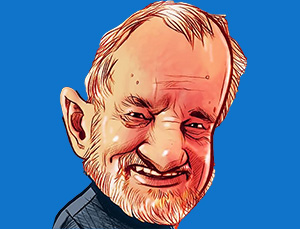About Us
The Australian Cartoon Museum give's Australian Cartoons a home, where they are looked after, loved and shared forever, giving cartoonists and their fans a never ending resource to learn from after all, these are our Australian cartoons living legacy.
The Australian Cartoon Museum no longer maintains a physial space, view our blog and/or our YouTube Channel and social media sites, scroll down for menu





